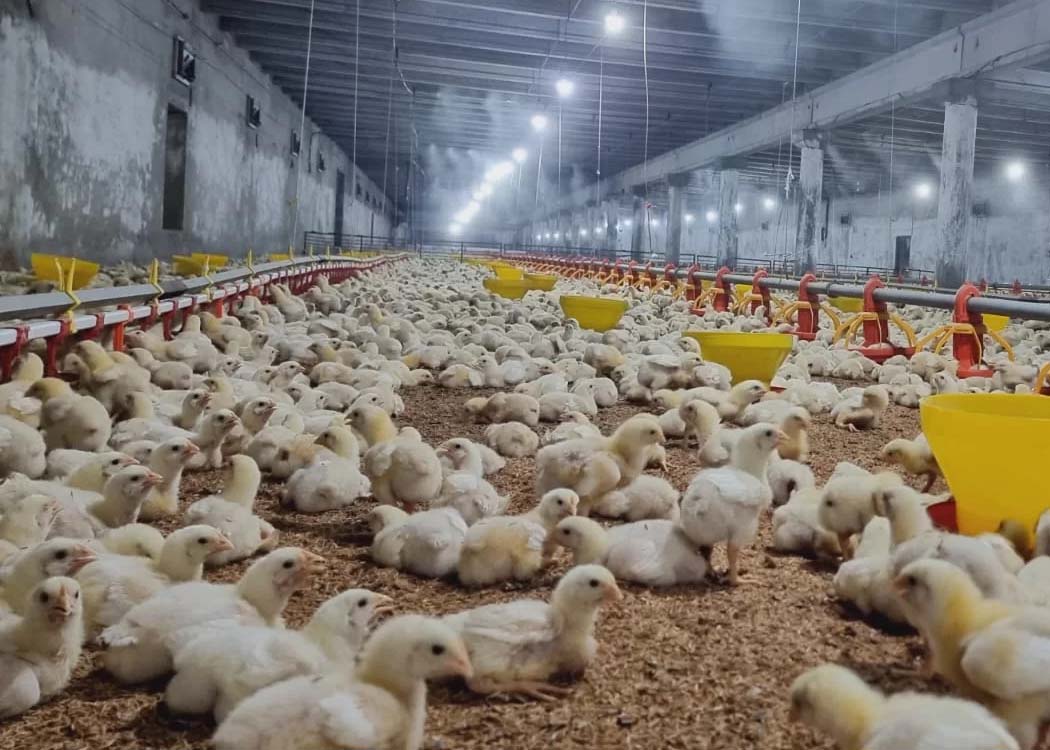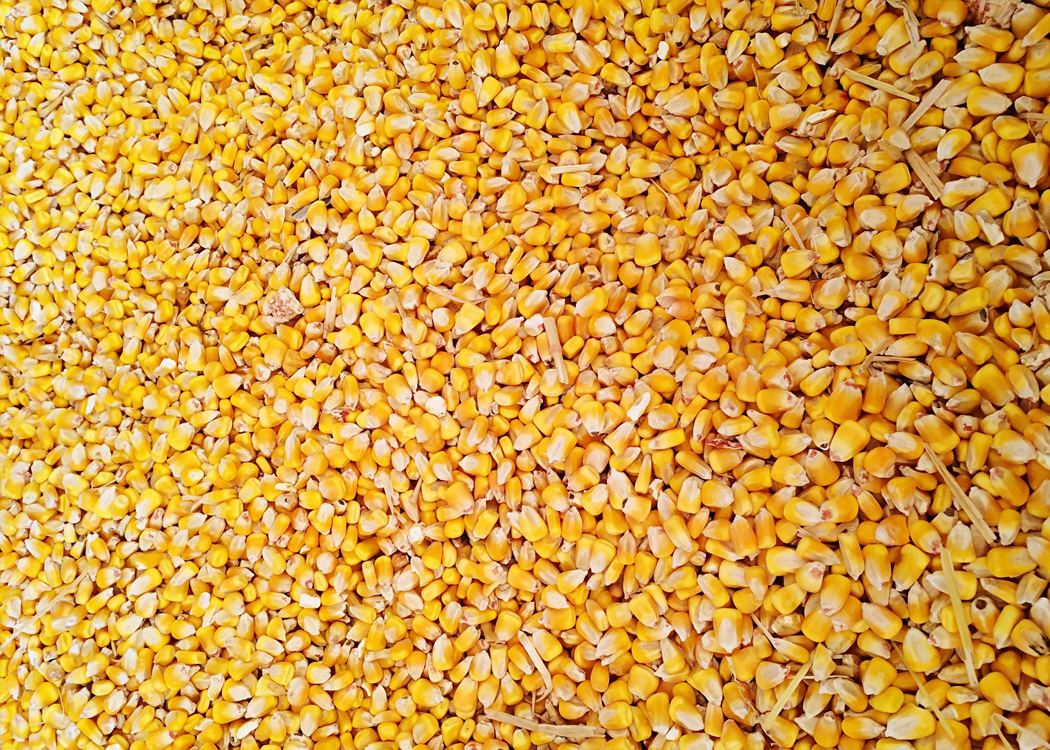Punjab’s devastating floods and a government ban on wheat in animal feed lead to sharp increase in poultry feed costs amid supply shortages
LAHORE: In the wake of catastrophic flooding in Punjab province and a state-imposed ban on wheat usage in feed production, poultry feed prices have surged by nearly 12 percent over the past 45 days. Local farmers reported that a 50-kg bag of poultry feed, which had previously cost less, now sells for around PKR 7,450 (≈ US$26.43), an increase of about PKR 800 (US$2.84).
The disaster began in August, when storms and heavy rains triggered floods that have been described as the worst in Punjab’s history — even compared to earlier record floods in South Asia. Millions of acres of farmland were submerged, destroying harvests of staple crops such as rice, cotton, and maize.
In response to concerns about food security and dwindling wheat supplies, the Punjab government in early September imposed a 30-day ban on wheat usage in feed mills. The policy aimed to preserve wheat availability for human consumption as local harvests sharply declined. At the time the ban took effect, feed mills in Punjab held about 104,184 tonnes of wheat, which had been allocated for poultry feed.
With wheat off the table, poultry farmers moved quickly to source alternatives. Corn became the preferred substitute, despite being significantly more expensive in the local market. But recent floods have also damaged corn crops in Punjab, raising concerns that corn shortages may force more reliance on imports in the weeks ahead.
The rising cost of feed ingredients is now taking a toll on poultry farmers. Sajjad Hussain, Director at the Livestock and Dairy Development Department of the Veterinary Research Institute, warned that input costs are putting substantial pressure on farm profitability. Meanwhile, Malik Muhammad Sharif, Vice Chairman of the Pakistan Poultry Association, has urged the federal government to temporarily abolish the import duty on corn, currently set at 10 percent customs duty plus another 10 percent regulatory duty, to enable more imports and ease shortages. This spike in feed prices follows years of protectionist policies in the corn market designed to shield domestic producers. However, the recent flood-related crop losses and feed bans have exposed vulnerabilities in the country’s poultry supply infrastructure. As feed becomes costlier and harder to source, the potential impact could ripple through food prices and poultry production in the coming months.






